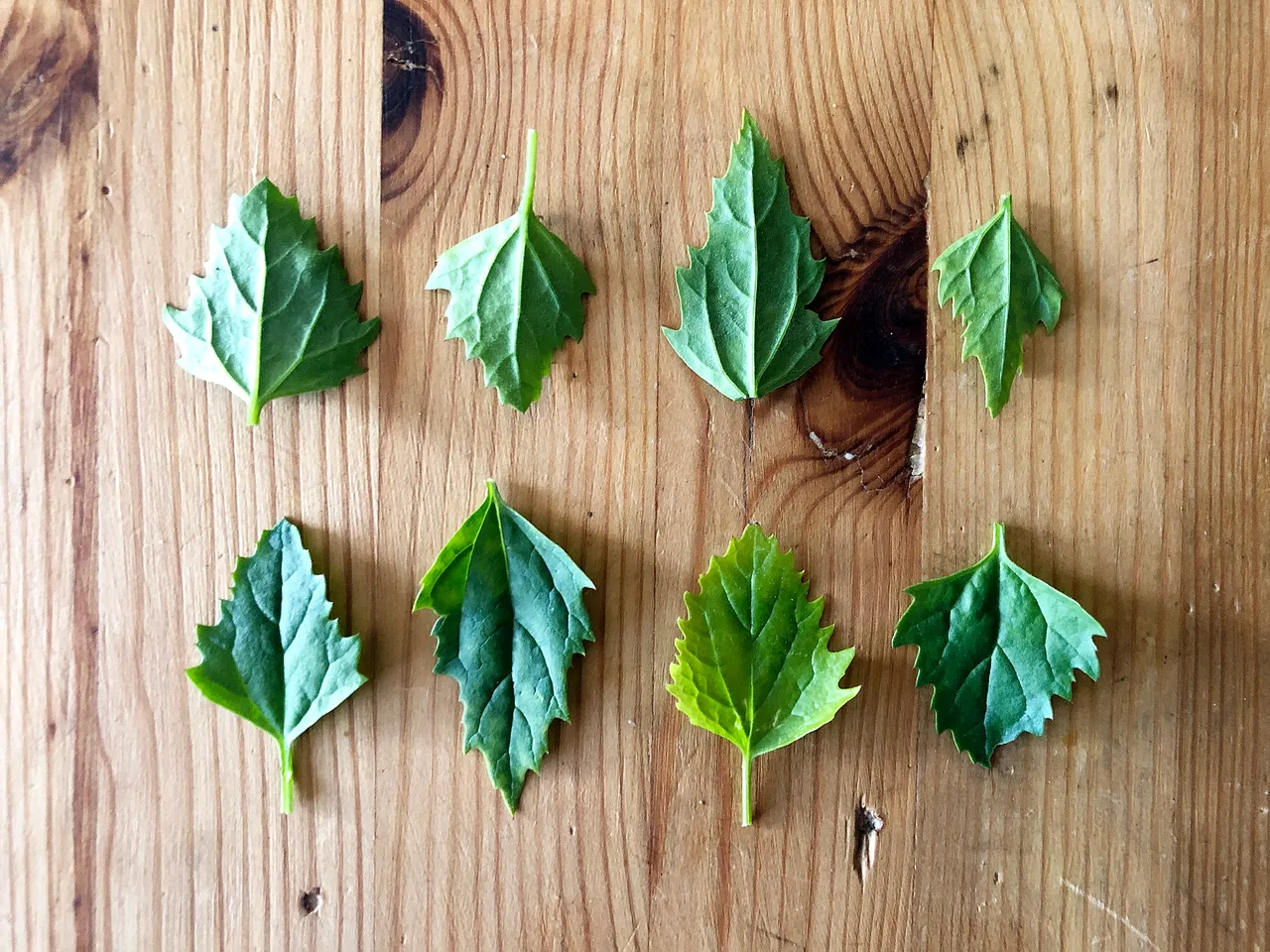
For some time now I have tried to find Lamb's quarter (Chenopodium album) in my garden and in my surrounding area. I have struggled to find any, and I am always wary of using wild herbs if I am not 100% sure what growing conditions they were growing in. But whilst looking for some signs of lamb's quarter in my area, another "weed" popped up: the Nettle-Leaf Goosefoot (Chenopodiastrum murale). I managed to positively identify it, and since doing so I have let it grow "wild" in my garden. (See the endnote!)
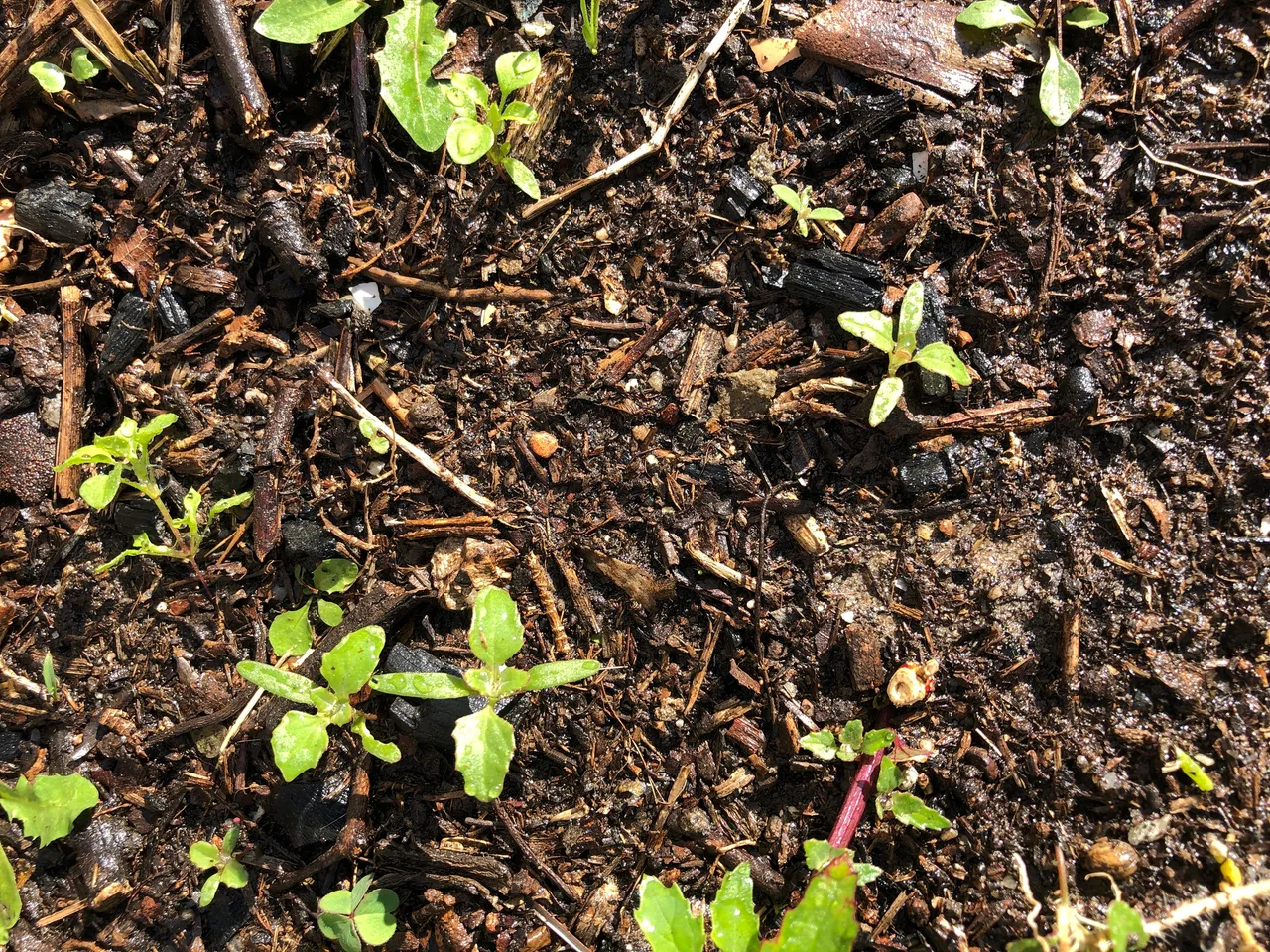
I know the seedlings and I always leave them in specific places to grow. I harvest them as needed and integrate them into my diet along with spinach and other wild herbs. But before turning to the nutrition of the nettle-leaf goosefoot, I want to go into a little bit more detail regarding using wild herbs (i) as food, (ii) to help you restore the soil, and (iii) to build up your compost.
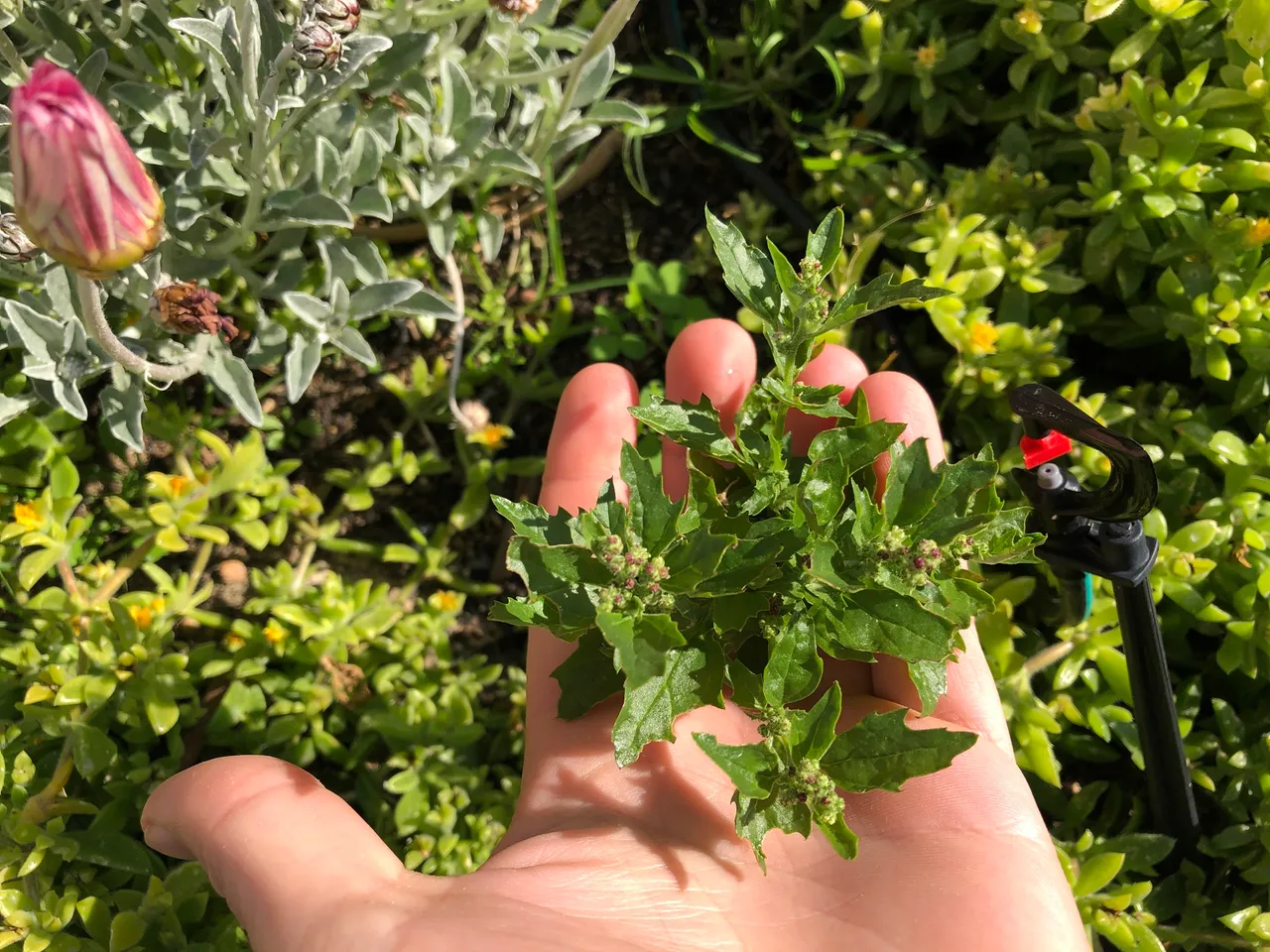
Using Wild Herbs as Food for a More Varied Diet
Our modern diet is deficient in various nutrients. Or, one can also make the claim that our food is less nutrient. If you eat a "healthy" oats bar laced with sugar and oils, the nutrient "punch" or density of the food cannot be compared to, say, dandelion leaves. I know that people will not always agree on this fact, and some people might need "sources" to satisfy them. But I think that we as modern people have a less varied diet (i.e. food coming from less sources). Most of our nutrition might come from empty calories or things like sugar and flour. In themselves, these products might not be unhealthy, but the amount in which we consume them is not healthy. My theory is that people in the past got more nutrition from various sources and not just one plant/source, like flour, a.k.a. wheat.
Edible wild herbs, that might be growing in your backyard or area, would greatly contribute to varying your dietary and nutritious sources. Take, for example, a recent post that I shared in the Foodies community. I make a wild edible quiche in which I added nettle-leaf goosefoot, spinach, amaranth leaves, garlic chives, onion, garlic, amaranth seed, and sorghum seed. One could make a less complicated version of this, but I love the idea of eating from various sources or getting my nutrition from various sources. I have tried to find resources in which this idea of getting your nutrition from various sources, but I have not found anything reliable yet. But intuitively, this idea makes sense to me and I am able to sustain it.
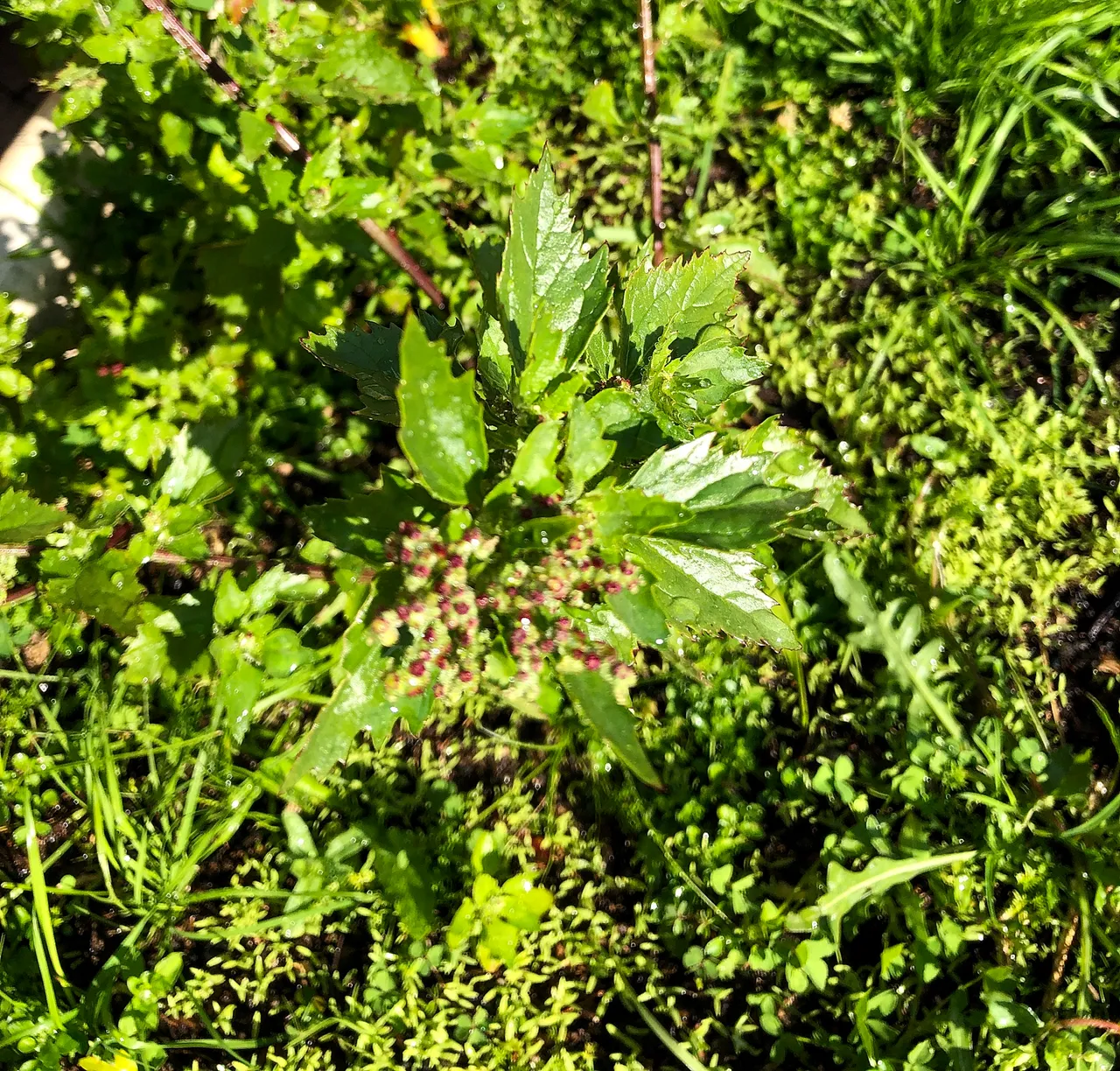
The nettle-leaf goosefoot is one such herb that you can easily work into your diet. I am a proponent of easing yourself into eating wild herbs. The taste might be overpowering if you use too much at once, especially the nettle-leaf goosefoot, but swapping some of your spinach for it might be a better approach.
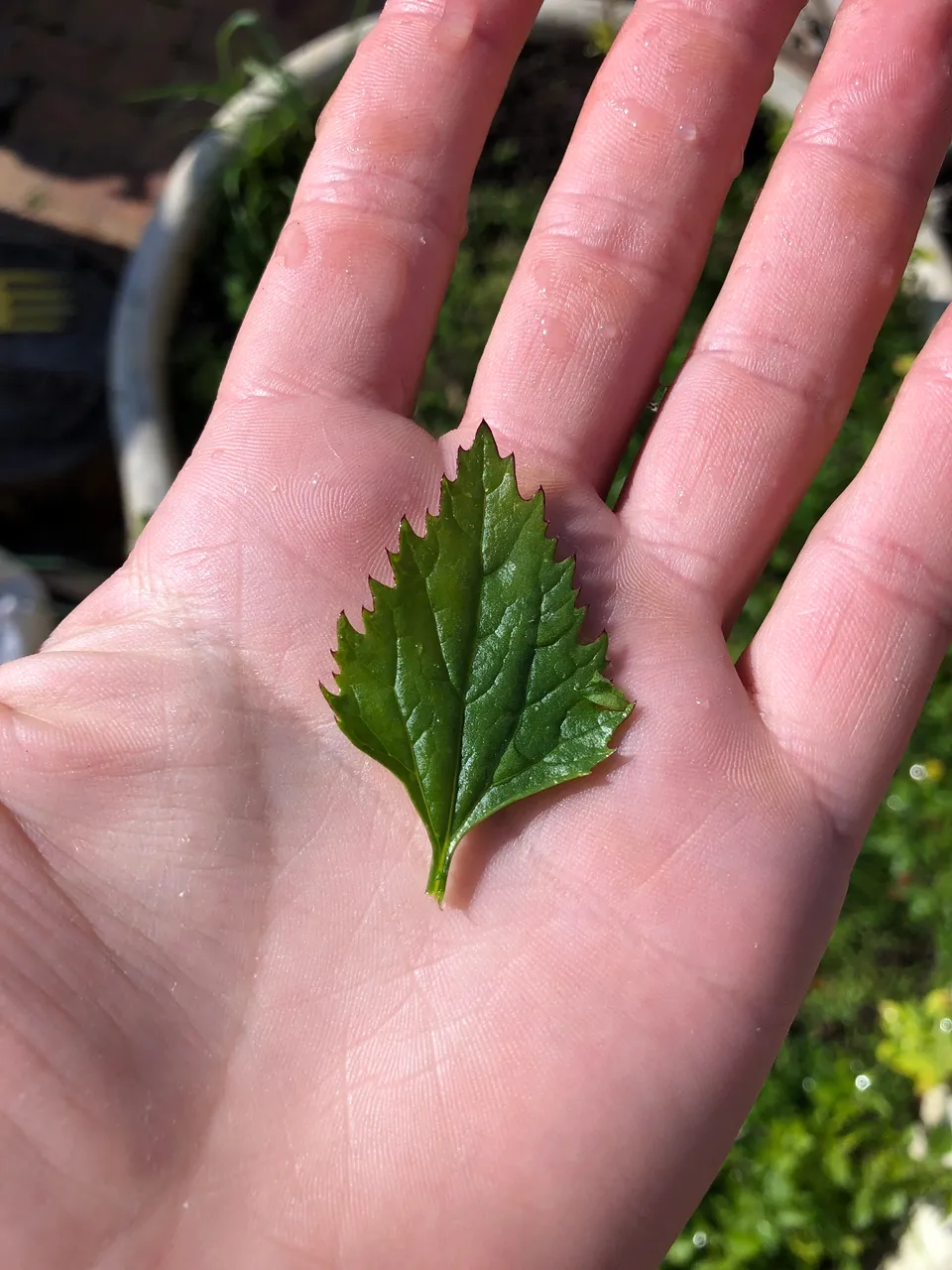
Restoring the Soil with Wild Herbs
There are no two ways about it: Modern people are afraid of weeds and want to get rid of them at any cost. Even if it means poisoning the ground and killing most living things with it. The sight of a dandelion on a lawn produces a weird feeling in people. They intuitively pull it out and throw it away. Little do they know that wild herbs, what people sometimes refer to as weeds, can help with "healing" and restoring the soil. I find that my plants grow better with wild herbs growing in between them. For the moment they might not look perfect for the eye (i.e. aesthetically) but in the long run, they are helping the soil. Aerating the soil, replenishing nitrogen and other beneficial substances, are some of the ways in which soil health can be promoted. Mindlessly pulling the weeds can in fact hurt your plants more. The roots of the wild herbs, for example, grow into your plant's roots. Pulling the wild herbs out because they are "weeds" might damage your plant's roots. But there are sometimes good reasons to pull out these wild herbs: composting.
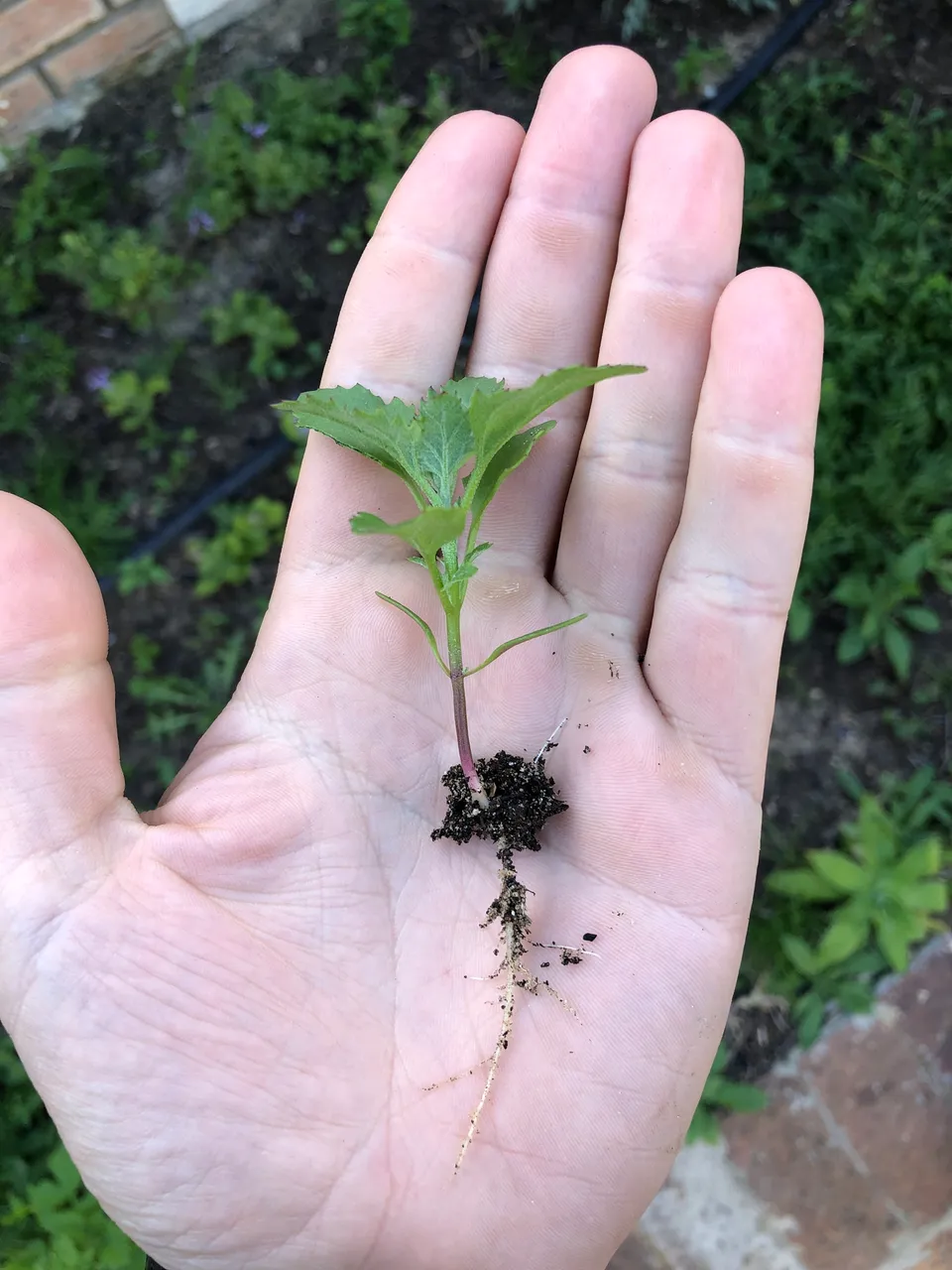
Composting Wild Herbs, or Using Wild Herbs to Feed Your Compost
I love to compost. I use anything I can find that I know can be composted to make more compost. One such addition is wild herbs or fast-growing herbs (like arugula). I have the space to do this, so I purposefully grow them for the compost. The compost in turn feeds the new plants as well. It is all about the circularity of life. Not only do these wild herbs feed us, but they in turn also feed the soil in various ways.
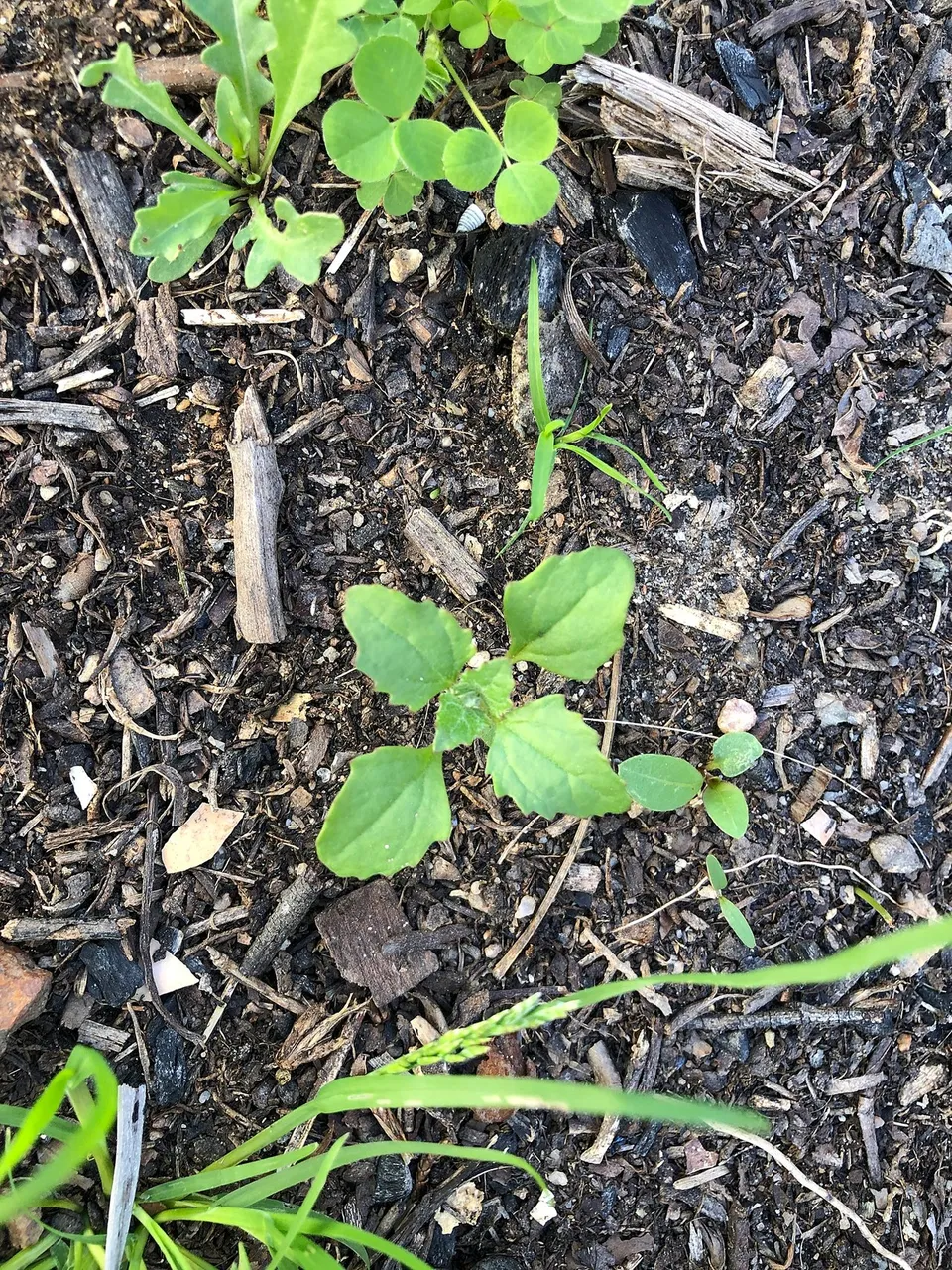
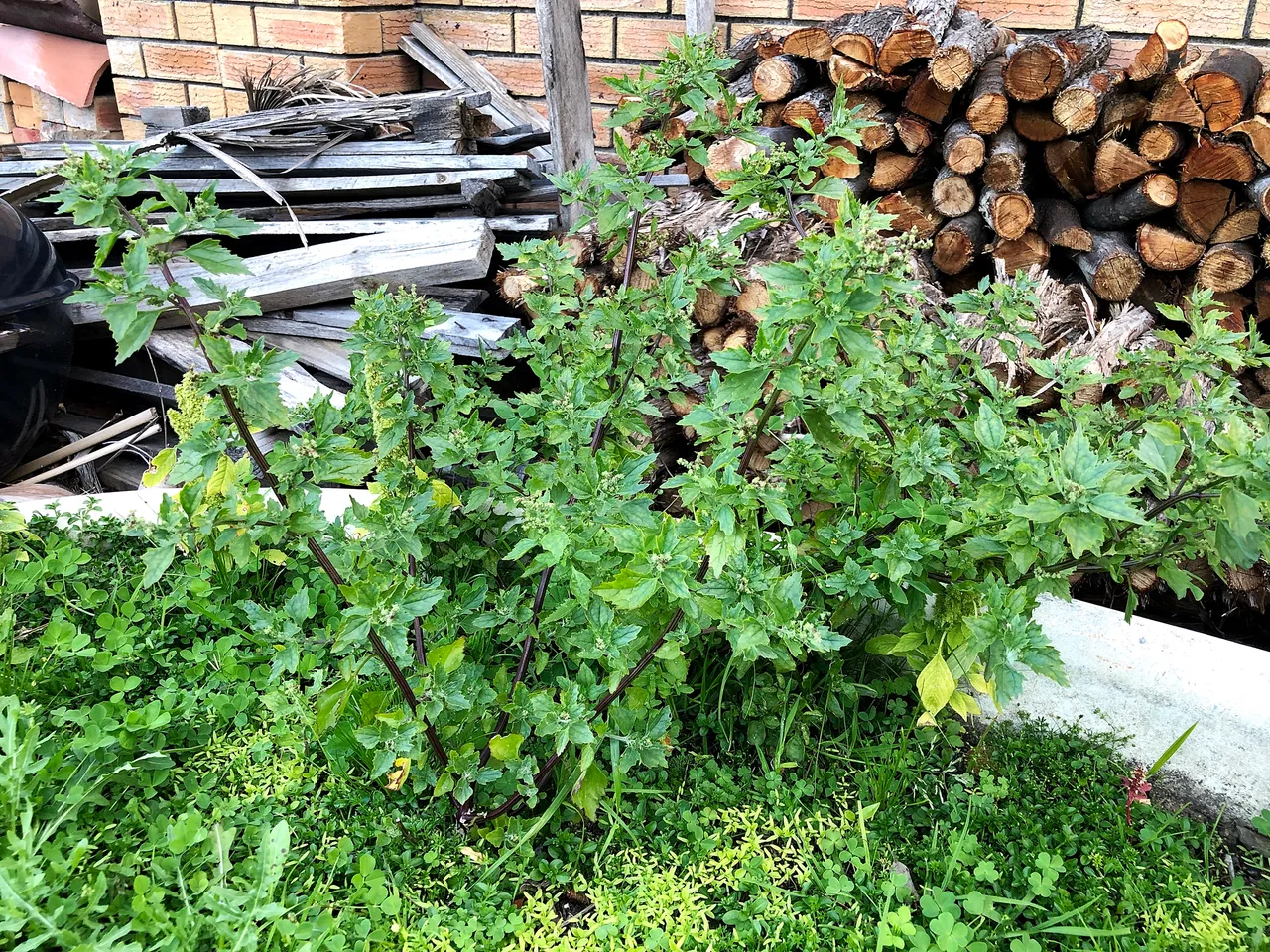
Health Benefits of the Nettle-Leaf Goosefoot: A Holistic Approach
The nettle-lead goosefoot is a very nutritious plant, being a rich "source of vitamins A and C, as well as calcium". But I never really like to look at plants and food in this rather reductionist manner. The health aspect of these foods is rather in the way we approach food. I have written something about it last week, but for me, the whole approach to food should be viewed more holistic. I have the ability and time to work in my compost heaps, I have time to work in the garden, and I have the time and resources to identify various plants. For me, food is not something I merely eat, but it is something I make, and it is a process I am intimately part of. The benefits of seeing the plant grow, feeling it between my hands, knowing that I helped it along with compost, etc., play a bigger role in my life. This holistic approach is better for me than breaking it down into its constituent parts.
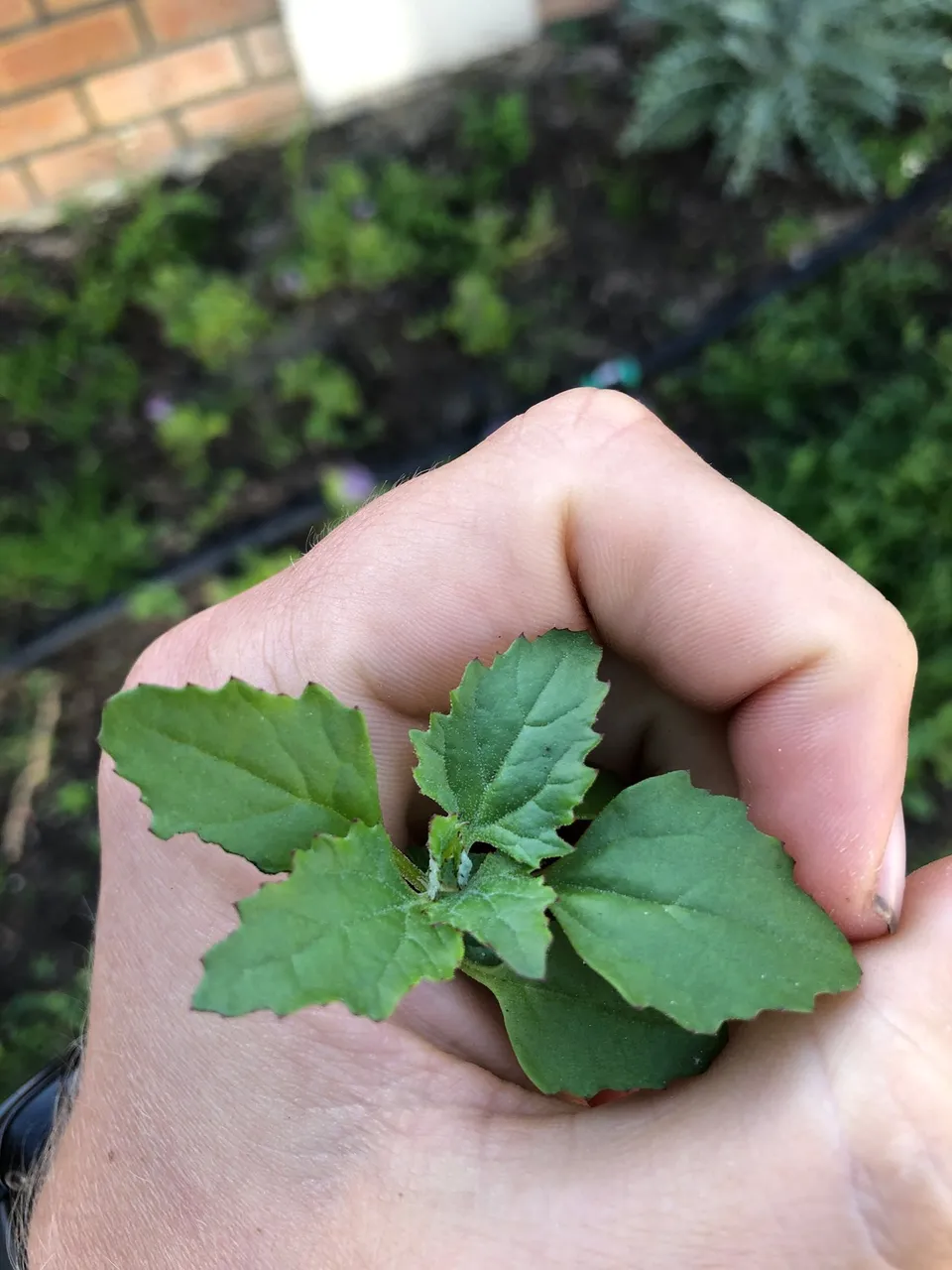
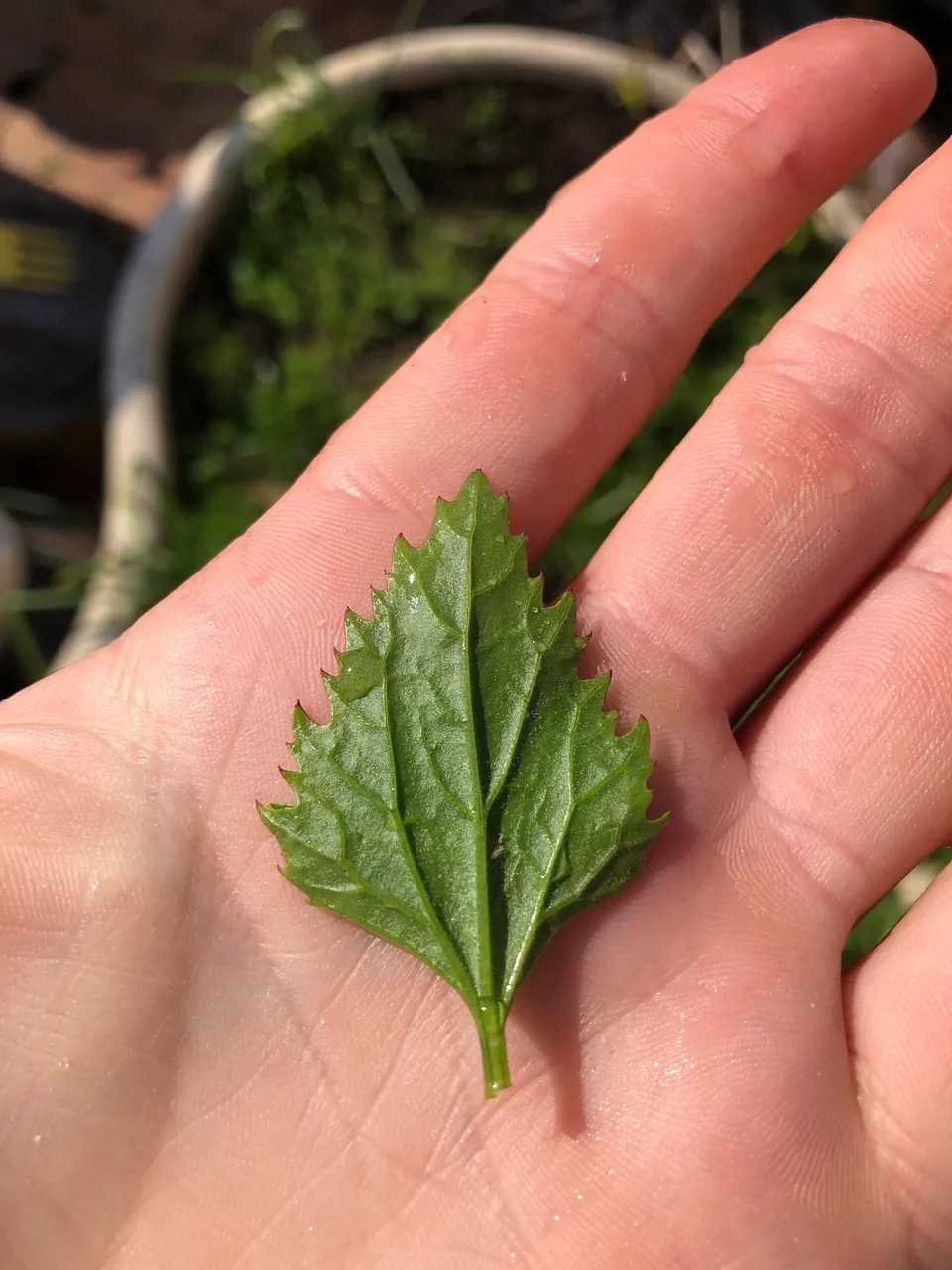
Saving and Dispersing Seeds
Saving seeds are always important. Especially on annuals. I use this plant as an annual, as it gets quite bushy and big when you prune the leaves. I take a handful of the seeds and throw them where I know they can come up. Sometimes the compost doesn't kill all the seeds, so where I throw compost there might be some seedlings in a couple of weeks. I take them and plant them in a better place (i.e. where I grow my food). They are prolific growers and their seedlings spring up in no time. I have successfully grown them year-round, but in colder places, they might struggle.
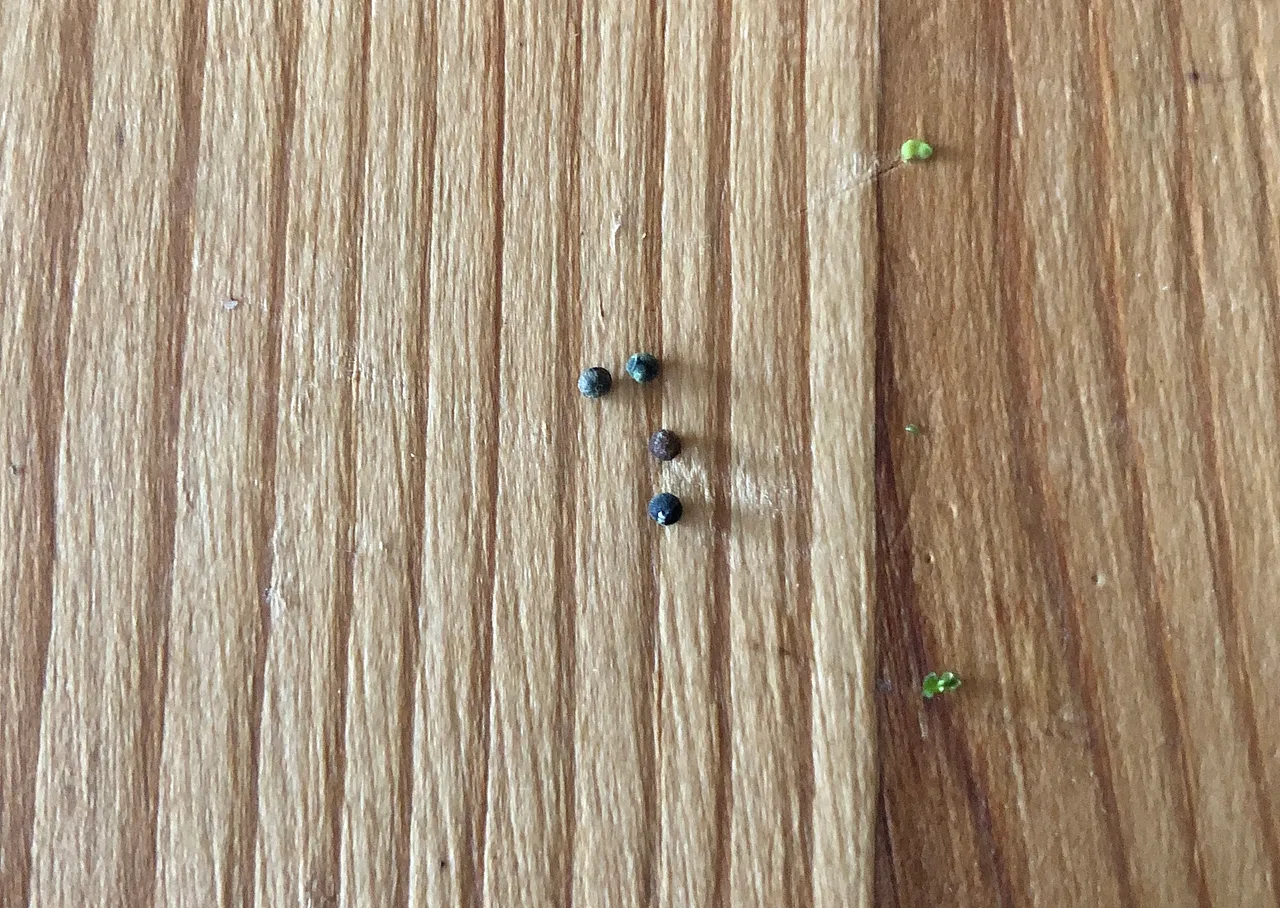
I hope that you find this post helpful! Please let me know in the comments if you have ever seen or used this plant. Stay safe!
Endnote: A Word of Caution
A word of caution. Never eat something from the wild. Even though you can positively identify a plant/herb/weed it does not mean you know the growing medium and growing condition of the plant. Eat only what you can (i) identify, and (ii) know that you planted it, or (iii) know the growing medium and growing condition. Plants can store dangerous compounds in their leaves and roots and seeds if they are exposed to it. I am also not an expert; I only know that I know from the internet and my own experience. Do your own research, and do not eat anything you do not know where it came from, how it grew, and who planted it.
